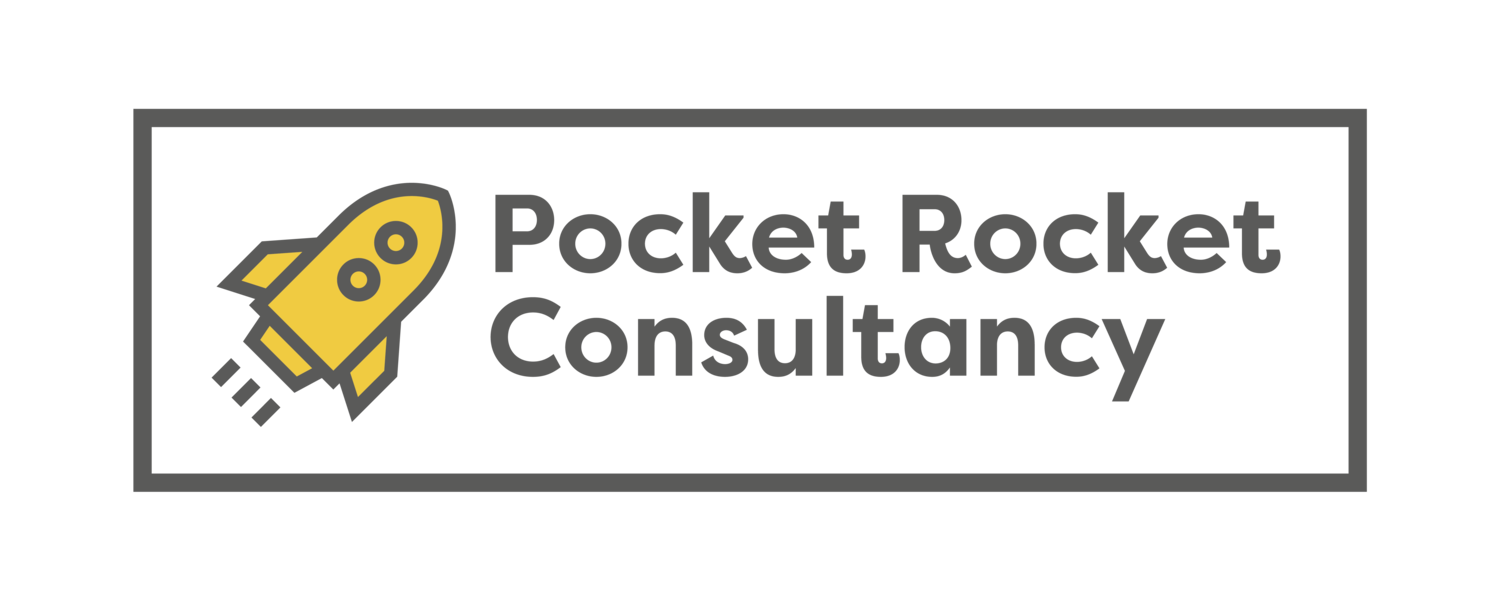Instagram provides an overview of how its algorithm works
As part of its creator week, Instagram has provided some valuable insight into their internal processes and the main one being the infamous ‘algorithm’. As Instagram said and we know too well, there are a lot of misconceptions out there about how Instagram works and how you personally and both as a business can get seen by your friends, family and the wider world.
Firstly... there isn’t just one algorithm, Instagram has a variety of algorithms, classifiers and processes they use to determine which content a user will see.
Why is there an algorithm(s)? According to Instagram, by 2016 users were missing 70% of all their posts in the feed, including almost half from close connections. The algorithm was introduced to rank what you cared about most.
Instagram has said its algorithms all use key signals, with those signals varying depending on each element.
We’ve rounded up the main points for Feeds, Stories, Explore and Reels Ranking.
Main Indicators for ‘Feed’ & ‘Stories’ Ranking
Information about the post: signals on how popular the post is, when it was posted, how long (if video) and location, if any.
Information about the person posting: How interesting the profile might be to the user. How many times the user has interacted with that profile over the past few weeks.
Your activity: Understand what the user might be interested in, how many posts they’ve liked.
How they’ve interacted with them in the post.
A like is a strong indicator of interest. If people engage more with video, they’re likely to see more video.
For feed specifically, Instagram considers how likely a user is to:
Spend a few seconds on a post
Comment on it
Like it
Save it
Tap on profile photo
All actions are weighted differently (funnily enough, they didn’t go into detail on that).
Main Indicators for ‘Explore Page’ Ranking
Based on who a user follows and their engagement history.
Looks at what a user has liked, saved and commented on. And who they follow and what they are interested in.
E.g. If a user regularly engages with a home interiors account, it’s likely that people who also engage with that account, are looking at other home interior accounts that the user might also be interested in.
Hashtags can also be key in Explore discovery by getting you seen for topics people are searching for.
Main Indicators For ‘Reels’ Ranking
“Specifically focused on what might entertain you”
Instagram has noted that with Reels they do have a focus on Smaller Creators and that they are surveying actively to find out whether users found a particular reel entertaining.
Most important indicators for reels:
How likely is the user to watch it all the way through
Will they like it
Respond that it is entertaining
What they also look at:
Users activity: Reel they’ve liked, commented on and engaged with
History with that profile
Information about the reel: audio track, the video itself, whole frames and its popularity.
Information about the profile who posted
Instagram has also noted that they will restrict reels that include a TikTok watermark.
Our takeaways
Consistency is key! You don’t need to post daily but be consistent with your posting
Don’t forget video - we mention this a lot to clients. Video needs to be a core part of your social strategy for engagement.
Instagram doesn’t just look at your post to determine to rank, ranking has a lot to do with the users themselves and their activity and engagement.
Use the correct hashtags and a mix of popular and niche ones. These need to be mixed up and relevant to the post.
Include a range of formats, single image, video and carousel. Use Stories not to just reshare your feed post.
Incentivise action - don’t just ask people to double-tap, be smart think about how you can prompt a response which is either a like, comment or a save.
On the topic of ‘saves’, Instagram certainly mentions saves more, but haven’t confirmed its weight in regards to the algorithm. It’s worthwhile considering this in your posts and how you can incentivise this action.
Learn from your content and adapt your content plan. Not every post will work and that doesn’t necessarily mean it was bad content if it doesn’t.
Social media can feel a bit of a minefield, that’s why we’re here to help. If you want a chat, feel free to get in touch and we can arrange a free, no-obligation discovery call.
